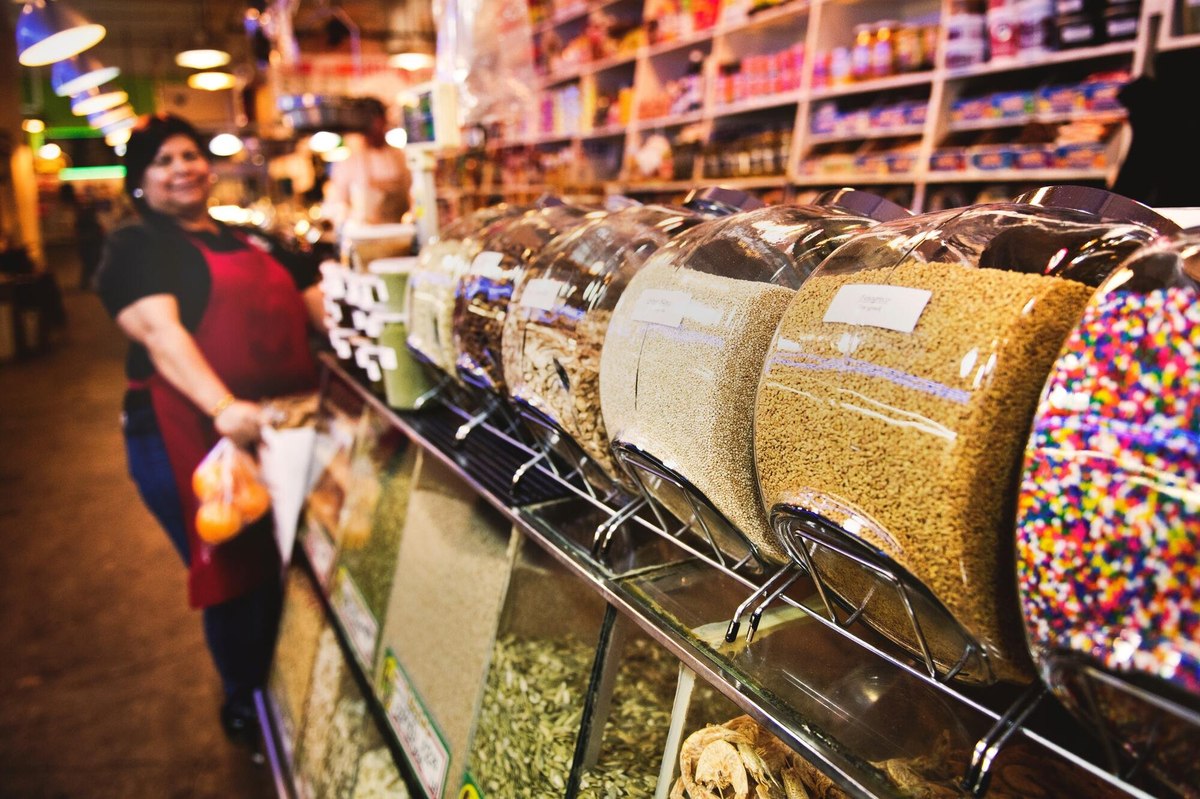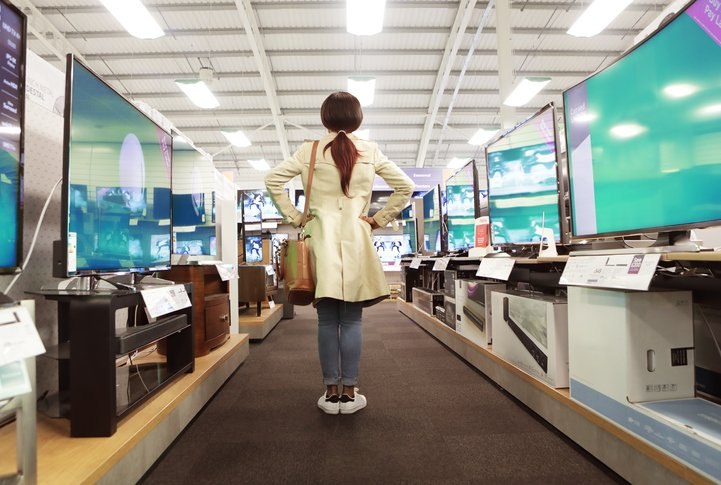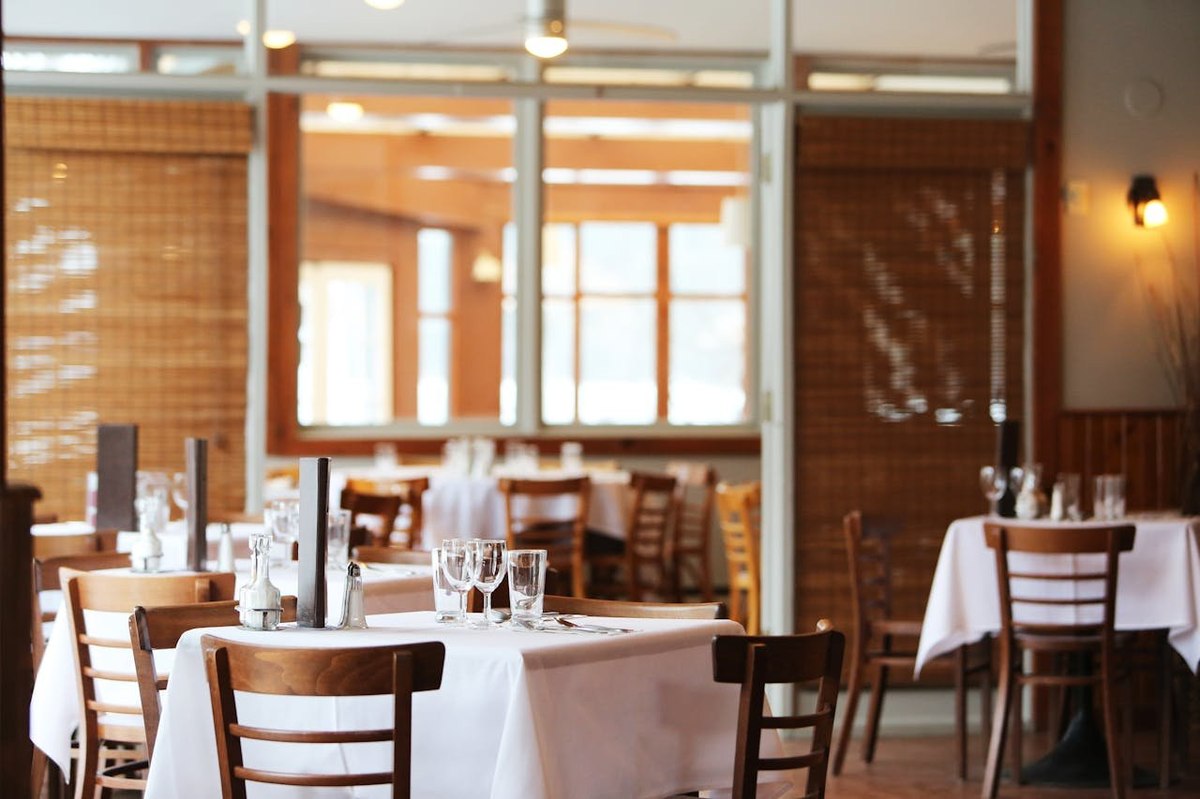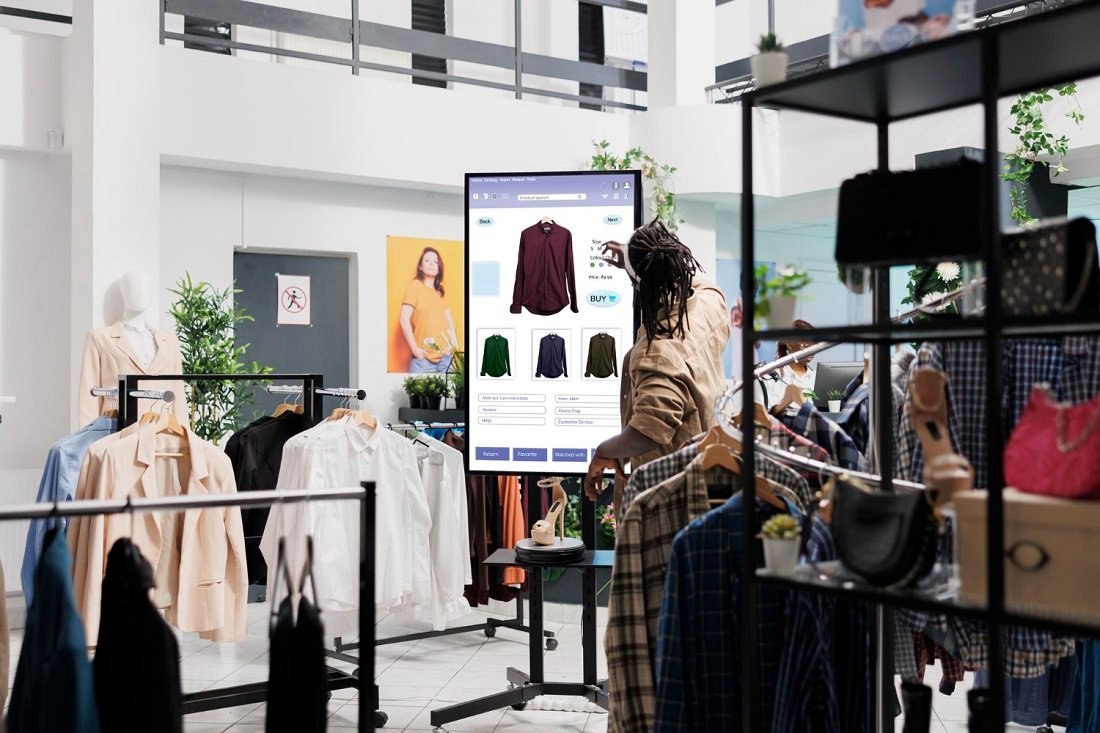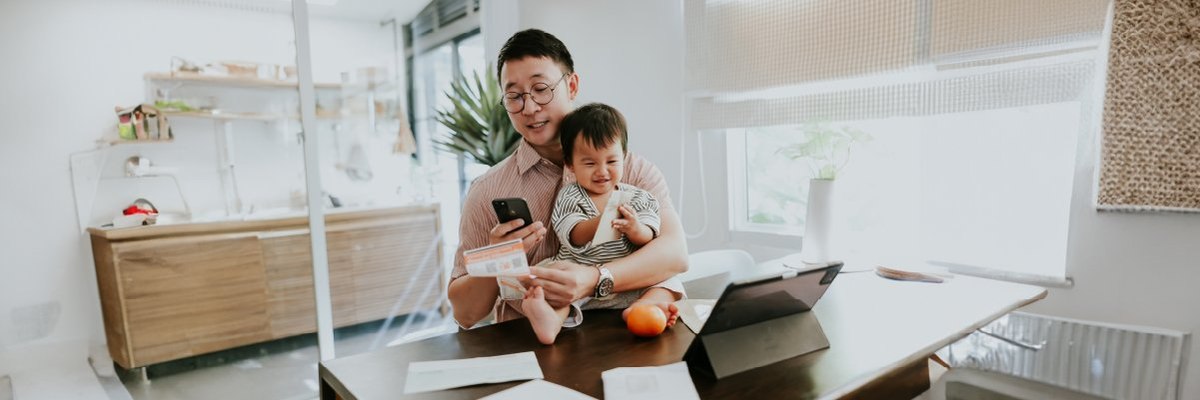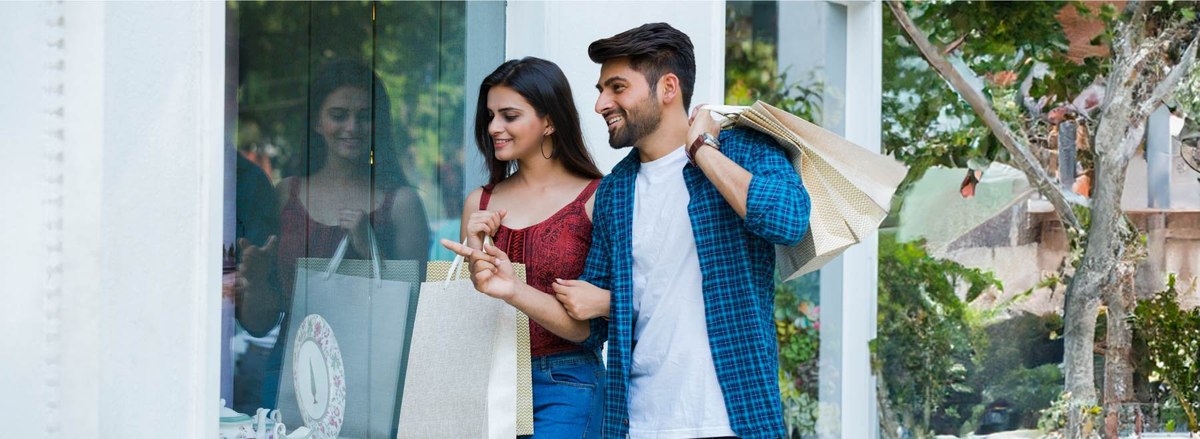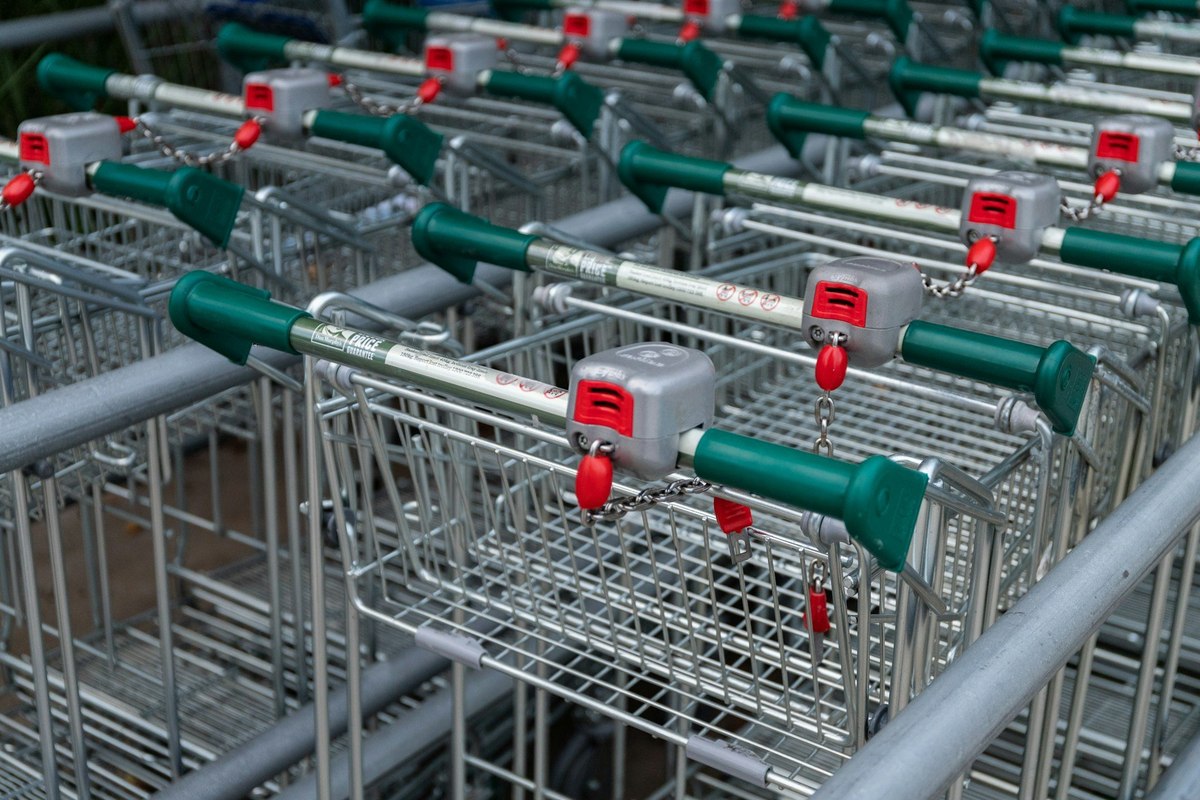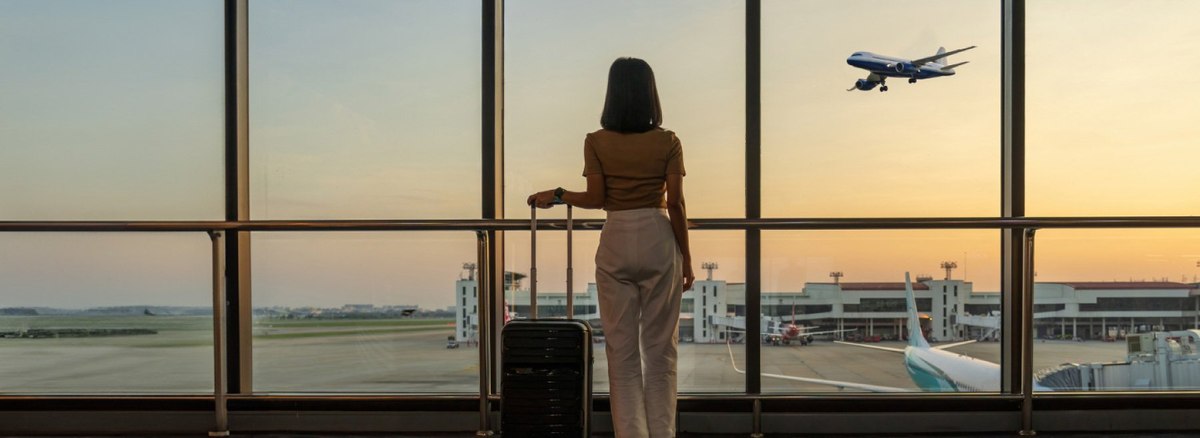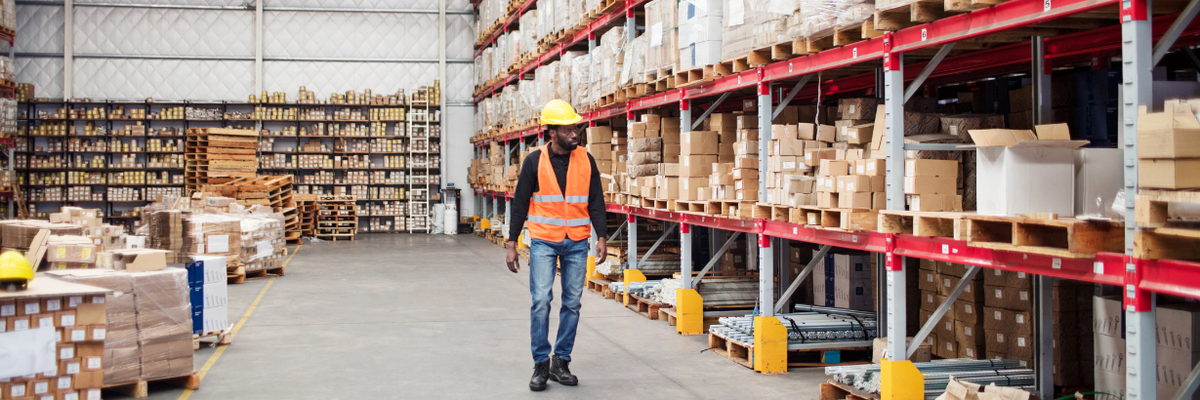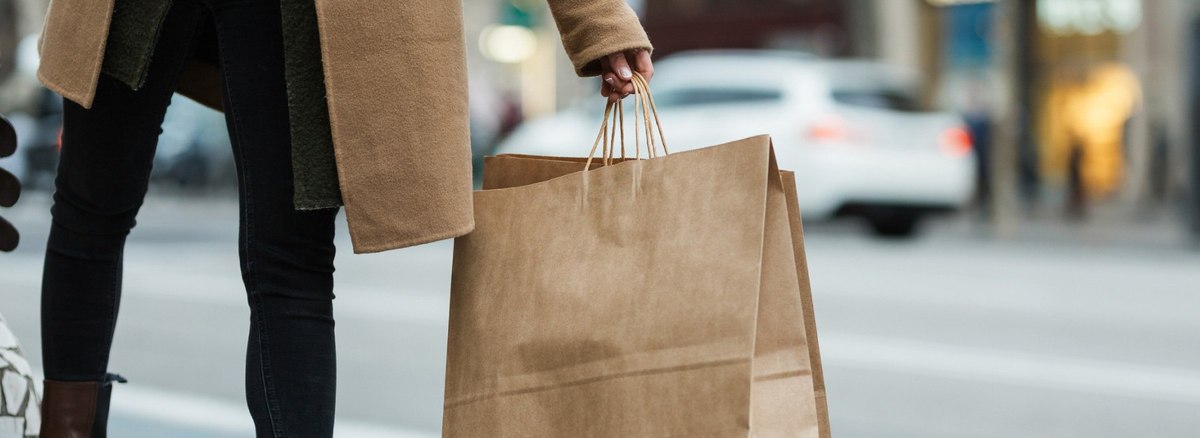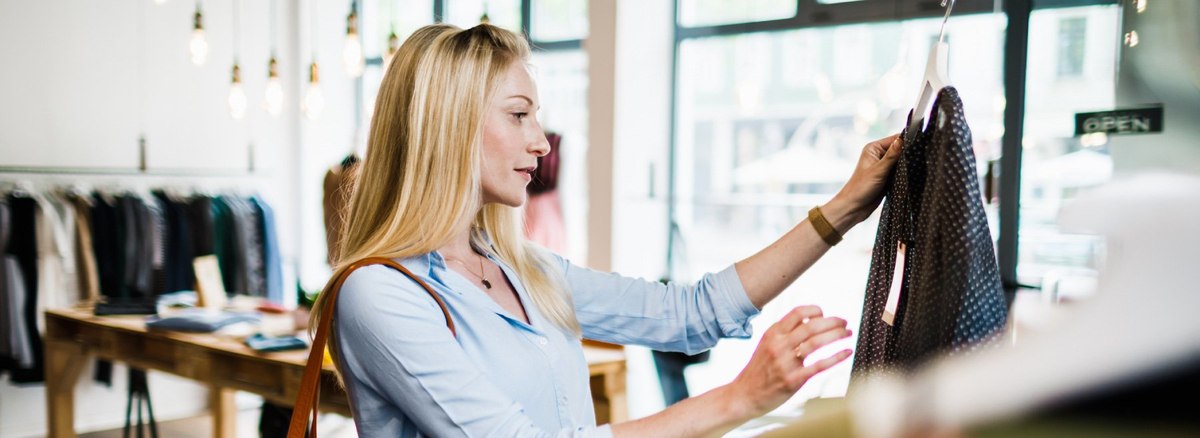
Retail store closures rise but in-person shopping still holds strong
The US retail landscape is undergoing a seismic shift as physical stores continue to close at an accelerated rate. Major chains such as Foot Locker and Dollar Tree announced plans to shut down hundreds of locations, while brands like Tuesday Morning, Mitchell Gold + Bob Williams, and Big Lots filed for bankruptcy. Amid these changes, let's look at if closure of physical stores impacts consumer purchasing habits, and just how reliant are Americans on e-commerce?
Online shopping reigns, but physical stores still matter
While retail closures might suggest a shift toward digital shopping, YouGov Profiles data shows that most consumers maintain a balance between online and in-person shopping. Only 4% of Americans say they always shop online, while 33% primarily use online channels. Some 37% shop both online and in-person equally. Meanwhile, 22% lean toward shopping mostly in-person, and just 3% exclusively buy from physical stores.
Age demographics provide further nuance: younger consumers (18-44) are more likely to shop online or maintain an even mix, while older age groups (55+) show a stronger preference for in-person shopping. The percentage of consumers who shop exclusively in-store remains low across all demographics, suggesting that widespread retail closures may not drastically alter consumer habits.
What products consumers still buy in-person
Although general shopping habits favor digital transactions, product categories determine the extent of online vs. offline purchasing. For instance, everyday essentials like food and groceries remain largely offline purchases: 69% of consumers buy them mostly or entirely in-store, with only 11% leaning heavily on online grocery shopping. Similarly, furniture purchases skew offline, with 50% of consumers opting for in-person transactions compared to just 12% who shop primarily online. Kitchen and home appliances follow a similar pattern, with 44% of consumers buying them in-store.
In contrast, tech products have a stronger online presence - 36% of shoppers primarily purchase tech and accessories online, while only 26% prefer in-store options. Clothing and accessories remain split, with 27% shopping mostly or entirely online, 33% evenly dividing their purchases, and 35% leaning towards brick-and-mortar stores. This suggests that while apparel remains an omnichannel category, the physical retail experience still plays a role in consumer decision-making.
Retail closures and the future of consumer behavior
Given that most consumers already engage in online shopping for certain product categories, the impact of widespread store closures may not be as disruptive as some might assume. The small percentage of consumers who shop exclusively in stores (3-4%) suggests that physical retail is becoming more of a complement rather than a necessity for most shoppers. However, certain sectors - particularly grocery, home goods, and furniture - still rely heavily on in-store purchases, meaning closures in these areas could drive changes in consumer habits.
With the ongoing shift toward e-commerce and retailers closing stores at an increasing rate, brands that adapt to hybrid models, emphasizing online convenience while maintaining some level of physical presence, may be best positioned for success.
Methodology: YouGov Profiles is based on continuously collected data and rolling surveys, rather than from a single limited questionnaire. Profiles data for the US is nationally representative and weighted by age, gender, education, region, and race.




